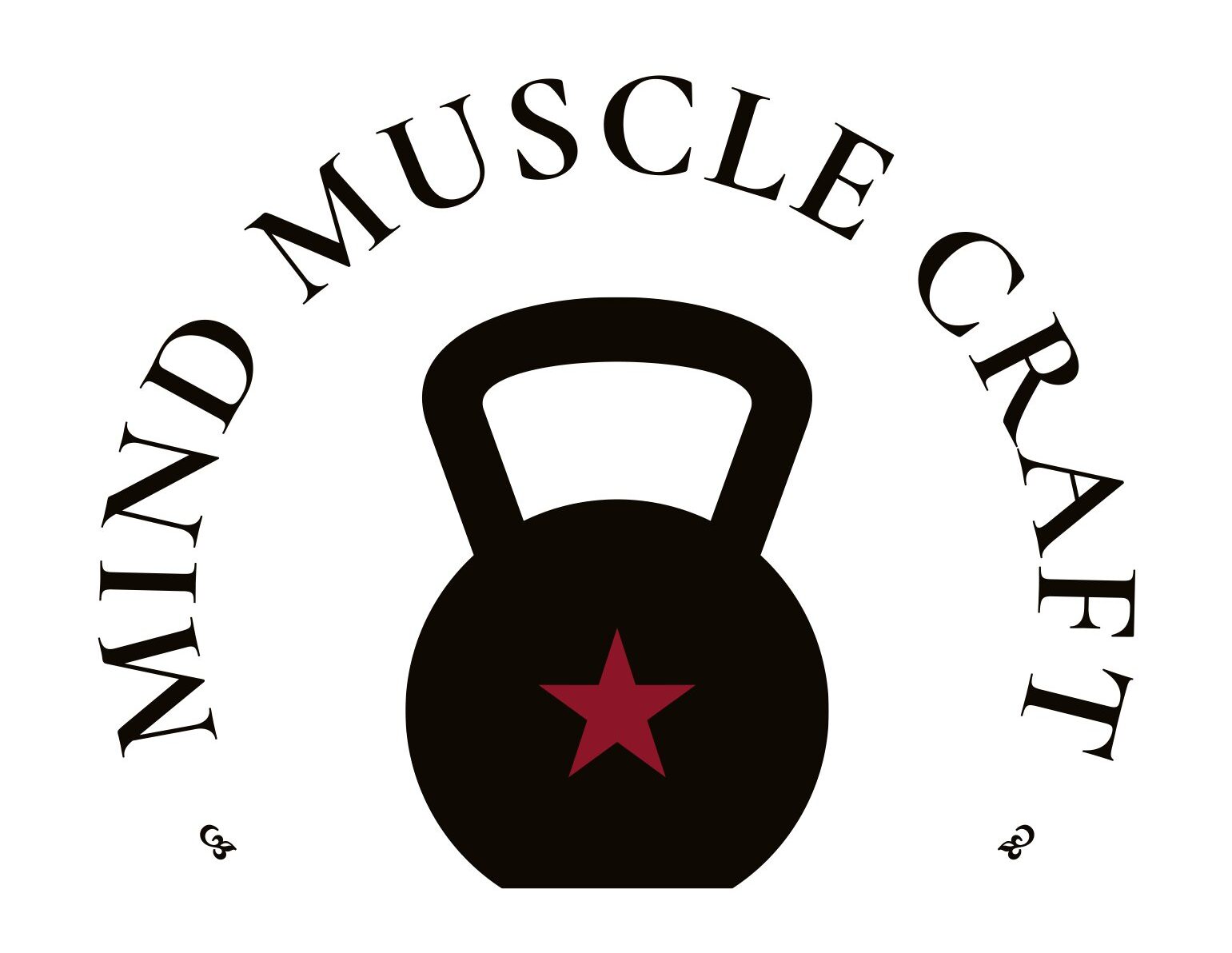introduction
In circuit training, participants seamlessly move through a series of exercises with minimal rest, blending strength training with cardiovascular exercise for an efficient and effective workout. This classic metabolic strength training concept involves performing multiple exercises, utilizing various training equipment from free-weights to machines to body weight, in succession with little rest.
Key Characteristics:
- Exercise Variety:
- Circuits include a mix of strength-training exercises (using weights or resistance) and cardiovascular exercises (e.g., jumping jacks, burpees, jogging in place).
- Sequence:
- Participants follow a predetermined sequence, performing each exercise for a set duration or specific repetitions.
- Minimal Rest:
- Quick transitions between exercises elevate the heart rate, promoting cardiovascular benefits.
- Repetition or Time-Based:
- Circuits can be structured with a set number of repetitions or a specific time frame (e.g., 30 seconds per exercise).
- Full-Body or Targeted:
- Circuits can target specific muscle groups (e.g., upper body, lower body) or provide a full-body workout.
Benefits of Circuit Training:
- Efficiency:
- Time-efficient, combining both strength and cardiovascular training in one session.
- Calorie Burn:
- Continuous movement and the mix of strength and cardio exercises increase calorie expenditure.
- Adaptability:
- Adaptable for various fitness levels by adjusting intensity, duration, and exercise complexity.
- Muscular Endurance:
- Enhances muscular endurance as participants move through exercises with minimal rest.
- Variety and Engagement:
- Variety keeps the workout interesting, engaging different muscle groups and reducing boredom.
- Cardiovascular Health:
- The cardiovascular component improves heart health and endurance.
Considerations:
- Intensity:
- Adjust based on individual fitness levels.
- Form:
- Prioritize proper form over speed to prevent injuries.
- Progression:
- Gradually increase intensity or add resistance as fitness improves.

Duration:
- Perform each exercise for 45 seconds or 10 to 12 repetitions, followed by 15 seconds of rest.
- Complete the entire circuit and rest for 1-2 minutes before repeating.
- Aim for 3-4 rounds.
Equipment Needed:
- Dumbbells (adjust weight based on your fitness level)
- Exercise mat
Exercise Circuit:
- Upper-Body Pulling Exercise: Bent-Over Rows
- Stand with feet shoulder-width apart, holding dumbbells in front of thighs.
- Hinge at the hips, keeping the back straight.
- Pull the dumbbells towards the hips, squeezing the shoulder blades.
- Lower the dumbbells with control.
- Stand with feet shoulder-width apart, holding dumbbells in front of thighs.
- Hinge at the hips, keeping the back straight.
- Pull the dumbbells towards the hips, squeezing the shoulder blades.
- Lower the dumbbells with control.
- Lower-Body Leg Exercise: Goblet Squats
- Hold a dumbbell close to your chest with both hands.
- Stand with feet shoulder-width apart.
- Lower into a squat, keeping your chest up and knees tracking over toes.
- Push through the heels to return to the starting position.
- Upper-Body Pushing Exercise: Push-Ups
- Start in a plank position, hands slightly wider than shoulder-width apart.
- Lower your body by bending the elbows, keeping the body in a straight line.
- Push back up to the starting position.
- Lower-Body Hip Exercise: Hip Thrusts
- Sit on the floor with a dumbbell resting on your hips.
- Bend your knees and place your feet flat on the floor.
- Lift your hips towards the ceiling, squeezing your glutes at the top.
- Lower your hips back down.
- Abdominal/Core Exercise: Plank with Alternating Knee to Elbow Touch
- Start in a plank position.
- Bring your right knee towards your right elbow, engaging the core.
- Return to the plank position and repeat on the left side.
Tips:
- Focus on controlled movements and proper form.
- Choose dumbbell weights that challenge you but allow you to maintain good form.
- Modify exercises or adjust intensity based on your fitness level.
- Listen to your body, and feel free to take breaks if needed.
This circuit targets the entire body, incorporating upper-body pulling and pushing exercises, lower-body leg and hip exercises, and an abdominal/core exercise. Adjust the intensity and weights based on your fitness level and gradually progress as you become more comfortable with the routine. Always consult with a fitness professional or healthcare provider before starting a new exercise program, especially if you have any pre-existing conditions or concerns.


Recent Comments